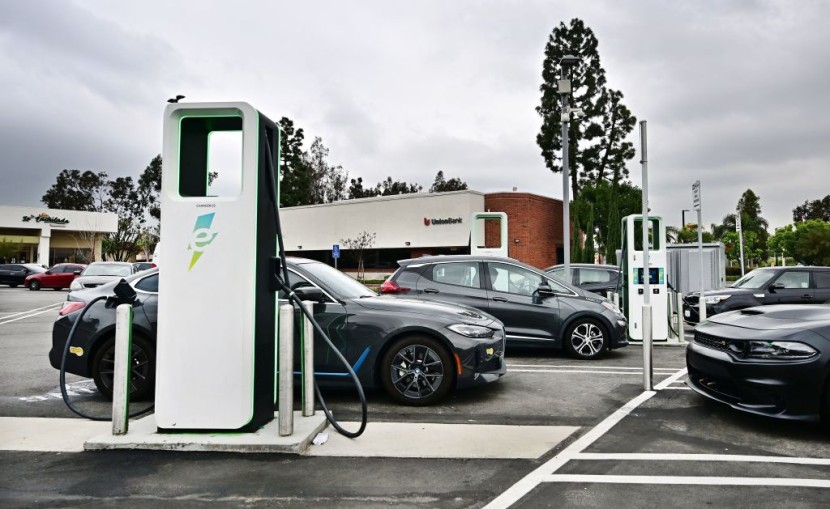California has reached 1.5 million EV sales two years ahead of its planned 2025 target.
The report comes from the California Energy Commission. However, the state is not the first to reach its EV sales goals.
California's EV Sales Target
Originally, CA's 2025 target was set in 2012 when there was only one fully-electric vehicle for sale in the state, which was the Nissan Leaf. During that time, the EVs in CA numbered in the thousands, almost all of which had been sold in the preceding year, 2011.
Like many of CA's environmental targets, the state is ahead of schedule. At the end of the first quarter of the year, the state has 1,523966 total EV sales. This milestone was aided by a total of $2 billion in zero-emission vehicle incentives.
This early achievement is similar to what Norway achieved, which targeted an end to gas car sales in 2025 but was there four years ahead of schedule.
California's revised target is to have 5 million zero-emission vehicles on the road by 2035. This target includes both battery-electric and hydrogen fuel cell vehicles.
The state is also looking to have all new passenger vehicles sold in California be zero-emission by 2035. This ambitious goal will require significant investments in charging infrastructure, as well as continued incentives to encourage consumers to choose EVs over gasoline-powered vehicles.
Read also: US EPA Proposes New Vehicle Pollution Cuts, Predicts Major EV Growth
A Leader in Clean Energy
California has been a leader in promoting and implementing clean energy initiatives, including renewable energy sources such as solar and wind power. The state's efforts to reduce greenhouse gas emissions have resulted in significant progress toward achieving its climate goals.
In addition to the incentives for zero-emission vehicles, California has also implemented policies mandating that utilities get 100% of their electricity from carbon-free sources by 2045. This will further support the growth of EVs on California roads as they rely on cleaner electricity than gasoline-powered cars.

However, there are still challenges ahead for California to meet its ambitious targets. One major obstacle is the lack of charging infrastructure across much of the state outside urban areas like Los Angeles and the San Francisco Bay Area. This means drivers may be hesitant to switch over due to range anxiety or inconvenience when traveling longer distances.
To address this issue, Governor Gavin Newsom recently signed an executive order directing several state agencies - including Caltrans (California Department of Transportation) -to start developing options with local governments about how best to expand access points throughout rural communities which lag behind urban centers regarding plug-in availability.
Despite these obstacles, it seems clear that electric vehicles will play a critical role in meeting CA's long-term environmental objectives. With continued investment into charging infrastructure alongside policy measures incentivizing consumers to transition away from fossil fuels, Californians can continue leading America toward a sustainable future
Related article: Tesla Car Burst Into Flames in California: What Happened?
© 2025 HNGN, All rights reserved. Do not reproduce without permission.








